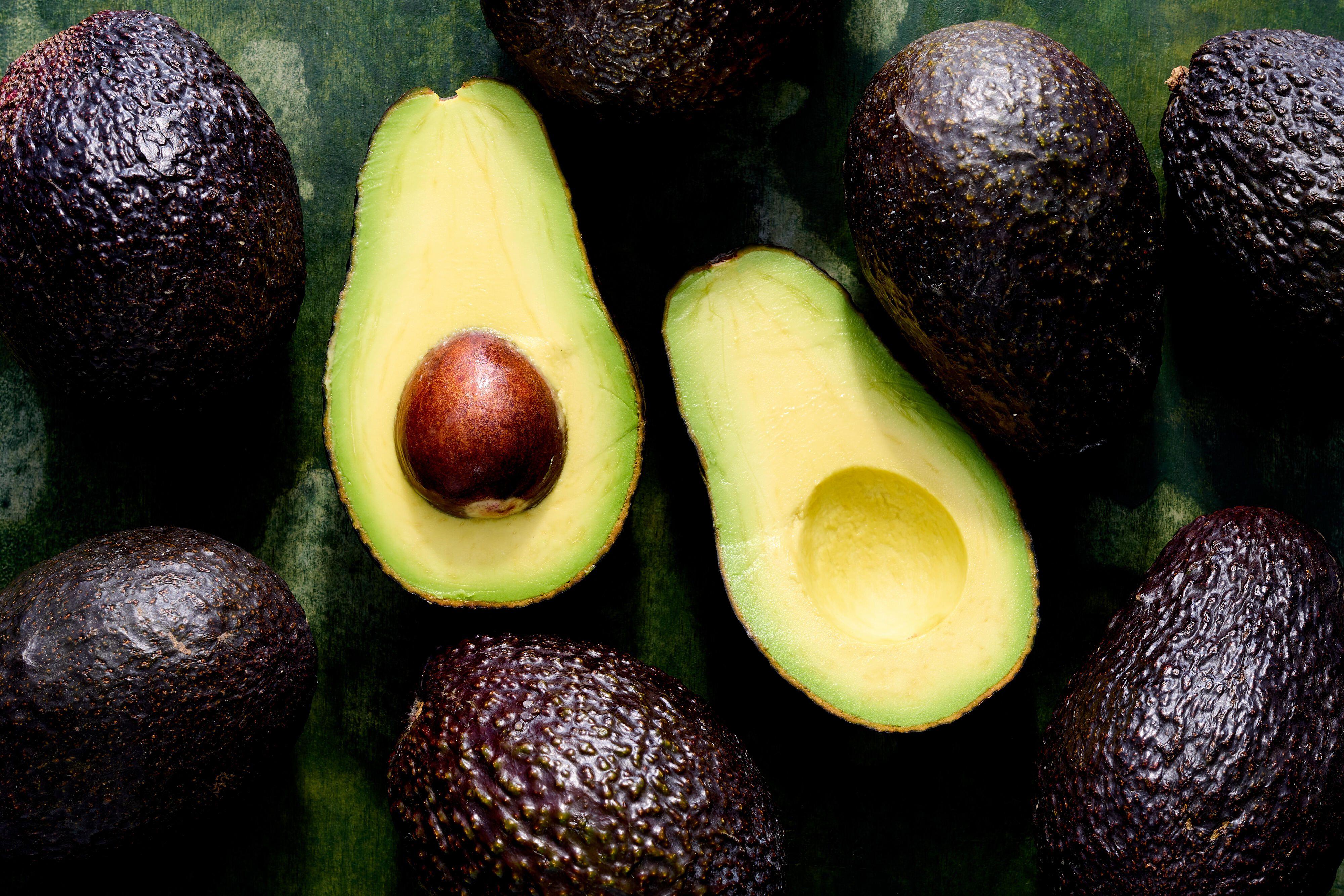It’s the perfect partner for toast and tortilla chips, and top-tier topping for everything from salads to eggs, and also happens to be the key ingredient for the creamiest, most luxurious margaritas. Of course, we’re talking about many of our favorite fruits: avocado.
The buttery flavor and texture and the heart-healthy fats make them a real MVP in our Test Kitchen (and in the home of many editors and readers). As much as we dig them, there’s one factor that trips us up: shopping for avocados. Unlike berries or bananas that tend to display their age vividly, it can feel like playing the lottery when you’re trying to pick one avocado from the pile. Besides the best way to choose a ripe avocado, one of the big conundrums readers write in to ask us about is, “should you pick small or large avocados?” That’s a very valid question—and one we called in the produce pros to assist us with.
- Juliana Hale, senior brand manager, Better Homes & Gardens Test Kitchen
- Dana Peters, a Barney, Georgia-based produce and floral field inspector at Whole Foods Market
- Donald Robinson, fruit category manager at Fresh Thyme Market in Chicago, Illinois
Small Avocados vs. Large Avocados
The size of an avocado is determined by a combination of genetics, environmental conditions, and growing practices, explains Whole Foods Market produce and floral field inspector Dana Peters. Let’s dive into these factors one by one:
- Genetics: Different varieties of avocado plants yield different size fruits. For example, Hass avocados, which are the most common type available in the U.S., are medium sized. “Avocados grown in Mexico tend to be smaller, while those grown in Florida and the West Indies are usually larger,” Peters says.
- Environment: The weather during the growing season can also affect the size, adds Test Kitchen brand manager Juliana Hale. Water scarcity, high temperatures, soil quality, and more can all affect the health of avocado plants, and as a result, the size of the fruit.
- Growing Practices: “Mature healthy trees usually produce more consistent larger fruit compared to younger or stressed trees, which may yield smaller fruit,” Peters notes. Irrigation and fertilization can also affect fruit size, he adds, because “lack of proper nutrition or consistent water can lead to smaller fruit.” Overcrowding may result in smaller-scale avocados, too. Because this is the case, “some growers manually reduce fruit numbers on the tree early in the season. This allows the plant to concentrate its energy on the remaining fruit, which will increase the avocado size,” Peters explains.
When pitting small avocados vs. large avocados, know that you’re getting the same amount of flesh per ounce: “Large or small, the size of the pit will be in proportion to the fruit,” Hale says.
As far as the flavor goes, “generally, larger avocados may develop a slightly richer, more buttery flavor due to more time on the tree, but smaller ones still meet the same standards and taste great,” explains Fresh Thyme Market fruit category manager Donald Robinson.
All three experts agree that any variances in flavor are minor—and the quality should be consistent across sizes. The biggest difference between small avocados vs. large avocados is in ripening time. Since a larger avocado has more flesh to soften, it usually takes a bit longer to fully ripen than a smaller avocado, Robinson tells us.
Should You Pick Small or Large Avocados?
As we mentioned, “size doesn’t determine an avocado’s flavor, consistency, or quality,” Robinson says.
So should you pick small or large avocados? Choose based on your desired eating timeline and the portion size that aligns with your needs.
- Small Avocados: Ideal for snacks, small households, or folks who live solo. These reduce waste “because storing partially-used large avocados is difficult as they tend to turn brown quickly,” Peters says. Smaller avocados are also your best bet if you want to use them ASAP, since they tend to ripen more quickly than large avocados.
- Large Avocados: Perfect for parties, large families that like to share, and recipes that require a large amount of avocado (such as guacamole, avocado fries, and stuffed avocados). Larger avocados ripen at a slower pace, so they’re a nice option if you’d like to build in some buffer time.
Your best bet might be the literal happy medium: “Medium avocados are the most versatile and perfect for everyday use,” Robinson says. One medium fruit contains three standard servings.
How to Choose Avocados
Regardless of the size, seek out avocados that feel heavy for their size, and have dark green skin that’s free of cuts, cracks, or large dents. Reach for firm avocados if you plan to use it in 3 or 4 days, otherwise, seek out ripe avocados, which should yield to pressure when you give them a gentle squeeze.
How to Store Avocados
Keep avocados at room temperature, away from sources of heat and light, until they ripen. At that point, refrigerate the avocado whole and aim to put it to use within 3 days. Need more time? Don’t miss our guide for how to freeze avocados for up to 2 to 4 weeks.



